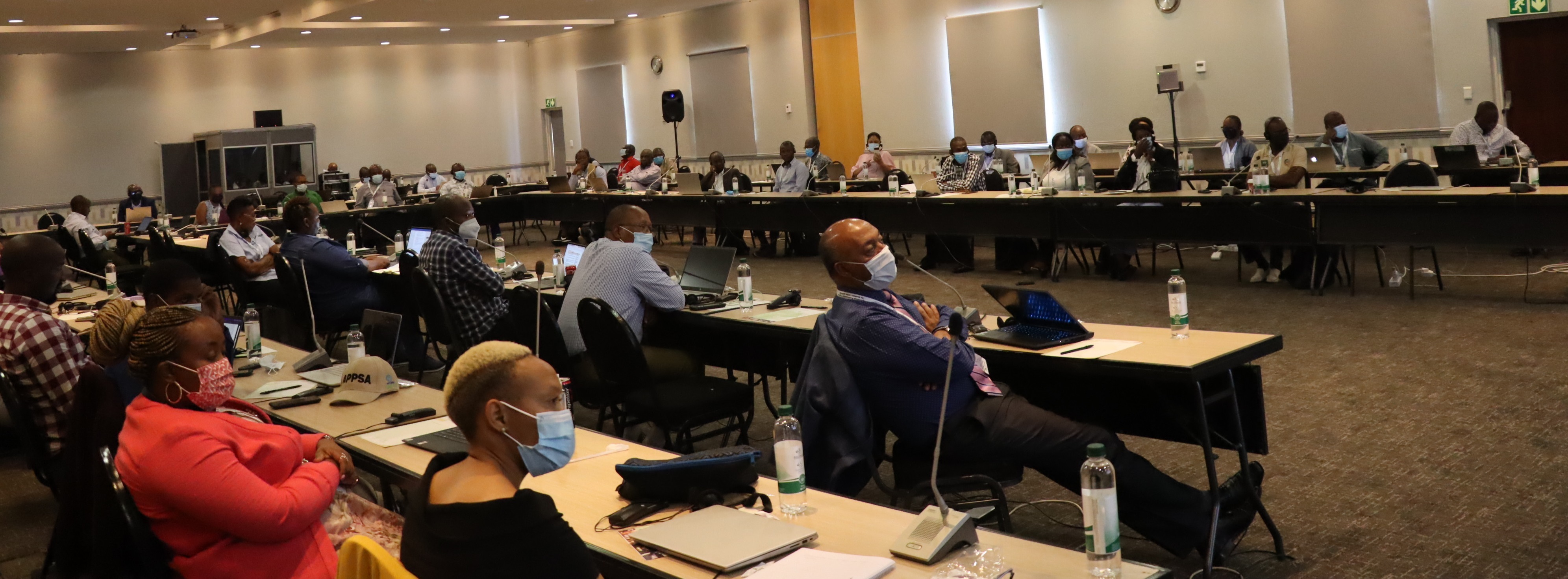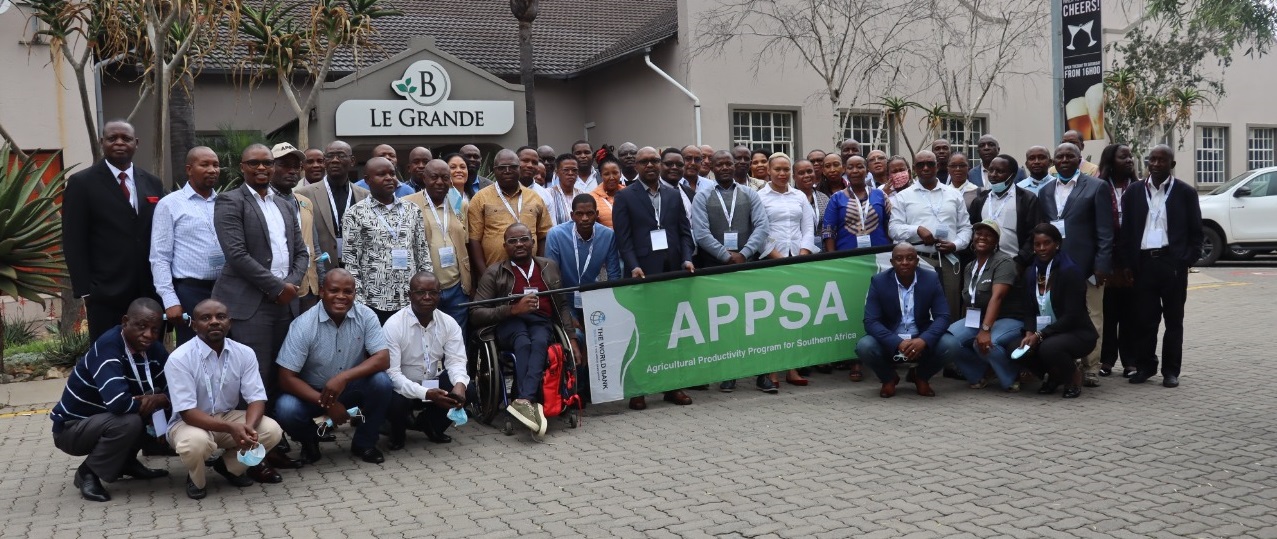Practice Brief: Climate-smart Agriculture - Alternet wetting and drying in irrigated rice
Alternate wetting and drying (AWD) is a rice management practice that reduces water use by up to 30% and can save farmers money on irrigation and pumping costs. AWD reduces methane emissions by 48% without reducing yield. Efficient nitrogen use and application of organic inputs to dry soil can further reduce emissions. Incentives for adoption of AWD are higher when farmers pay for pump irrigation.
IRRI
Richards M, Sander BO. 2014. Alternate wetting and drying in irrigated rice. Climate-Smart Agriculture Practice Brief. Copenhagen, Denmark: CGIAR Research Program on Climate Change, Agriculture and Food Security (CCAFS).













